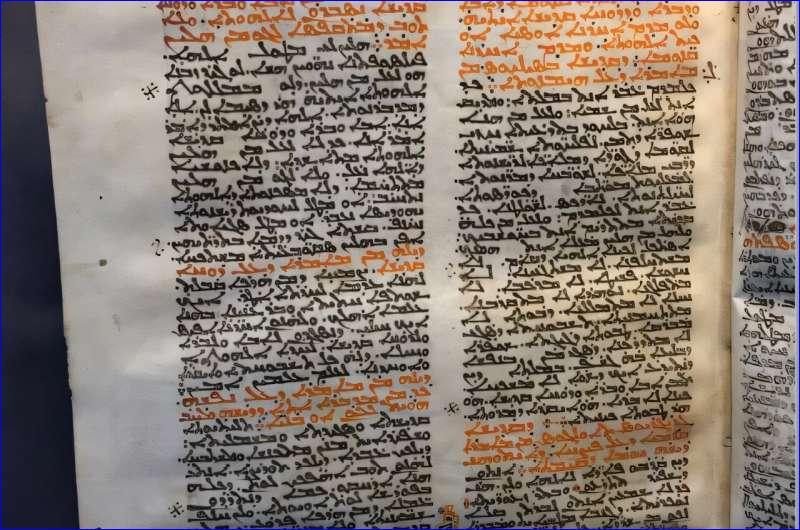


By highlighting these editorial choices, the study shifts attention away from authors alone and shows that scribes played a key role in organizing knowledge, adapting texts for new purposes, and influencing how Syriac literary culture developed over time.
Published in PLOS ONE, the research employs computational tools to analyze nearly 1,000 manuscripts from the British Library, offering a fresh perspective on how these texts were assembled, compiled, and transmitted over centuries.
Focusing on the practice of excerpting--the act of selecting and rearranging textual passages--the study examines nearly 20,000 excerpts identified in the digitized catalog of Syriac manuscripts. Maeir used EPM, to quantify how frequently scribes, compilers, and other nonauthorial agents engaged in excerpting. This approach shifts attention from traditional author-centered interpretations to a broader view of manuscript culture as shaped by multiple contributors over time.
The analysis reveals that while the majority of manuscripts include fewer than 20 excerpts, a smaller group--produced primarily between the 6th and 9th centuries CE--display a much denser pattern of excerpting, with some containing hundreds or even over a thousand excerpts. These manuscripts span several genres, including theology, liturgy, and historiography, suggesting that excerpting was a widespread and culturally significant activity.
"Rather than viewing these manuscripts solely as vessels for preserving ancient texts, this study treats them as cultural objects in their own right--ones that reflect editorial choices, intellectual trends, and changing modes of organizing knowledge," Maeir explained. "The high-EPM manuscripts in particular stand out as centers of literary activity and may serve as important case studies for future research."
Maeir's methodology draws on digital humanities techniques, particularly distant reading, which enables the analysis of large bodies of textual data without relying solely on traditional classifications like genre or period. This allows for new ways of mapping cultural practices across time and literary traditions.
The study also highlights the benefits--and challenges--of working with digitized legacy catalogs. While the British Library's 19th-century Syriac manuscript catalog remains an essential resource, its author-oriented structure often obscures nonauthorial interventions. The digitization and tagging work done by Syriaca.org made it possible to reframe this data in ways that support material philology and the study of editorial practices.
Hebrew University established a dedicated digital humanities center four years ago, providing computational support to humanities researchers at the university, integrating advanced digital tools to explore and enhance humanistic research.

or register to post a comment.